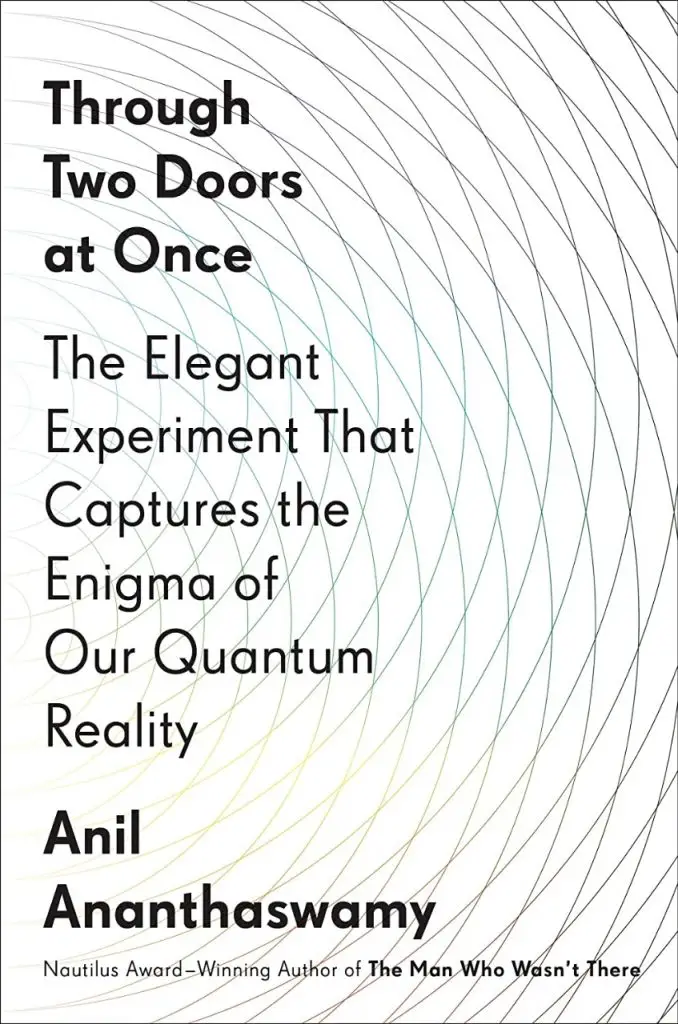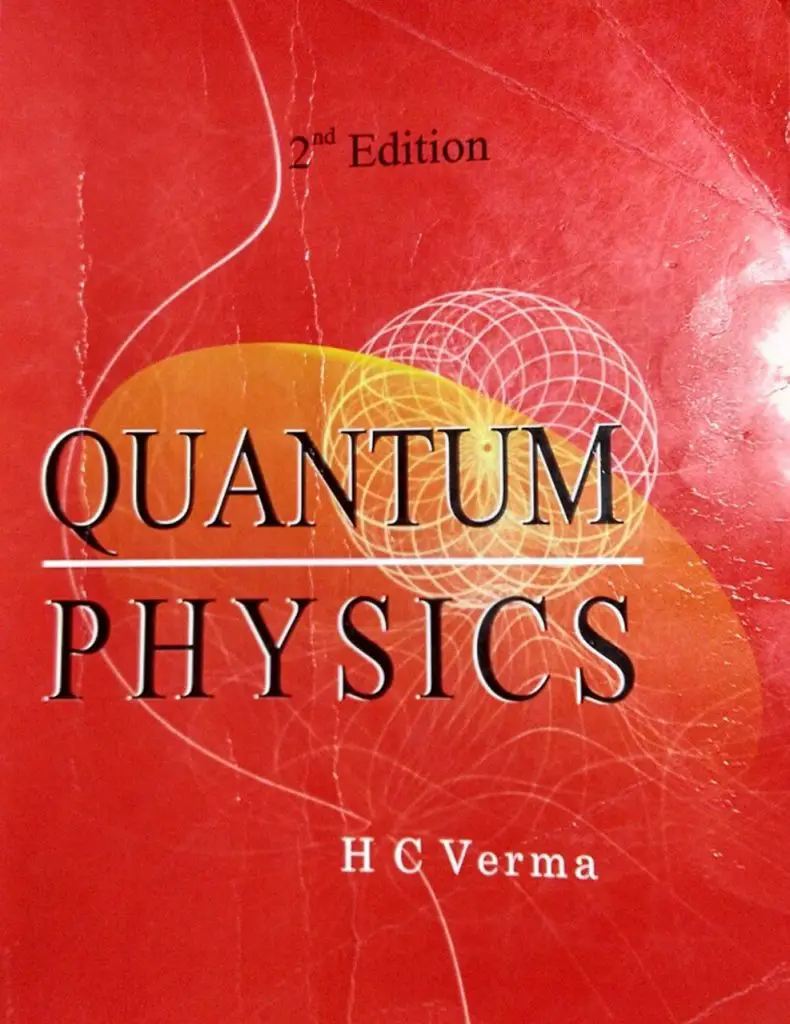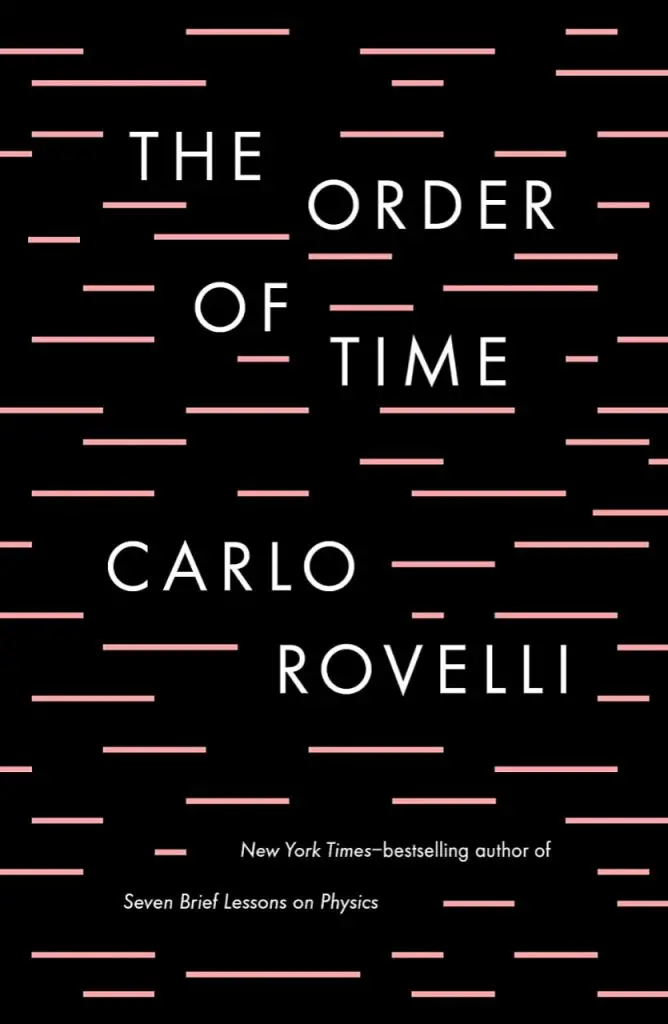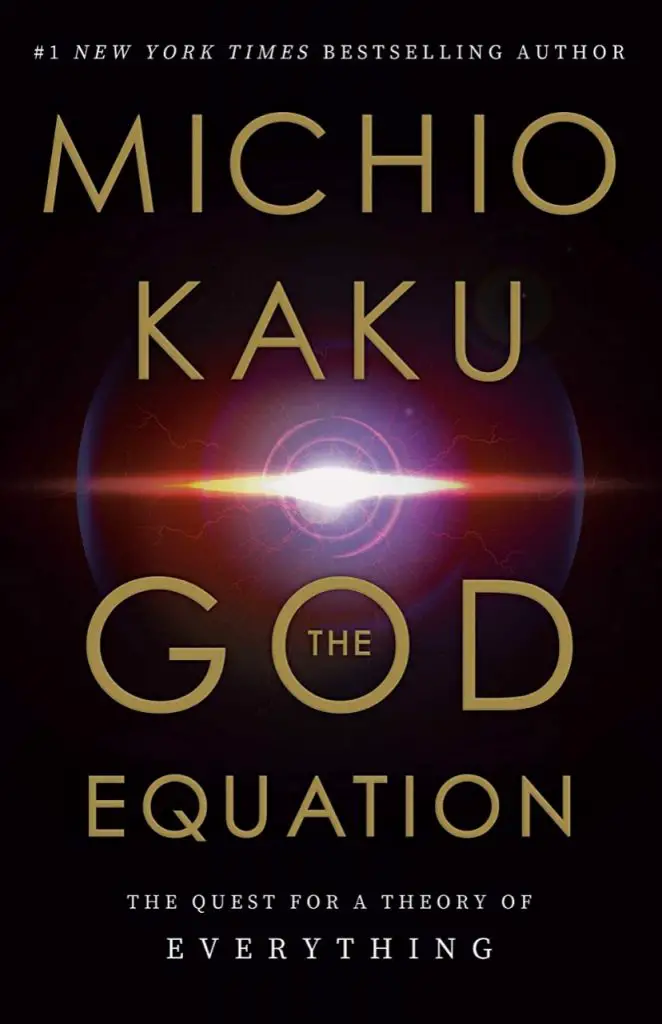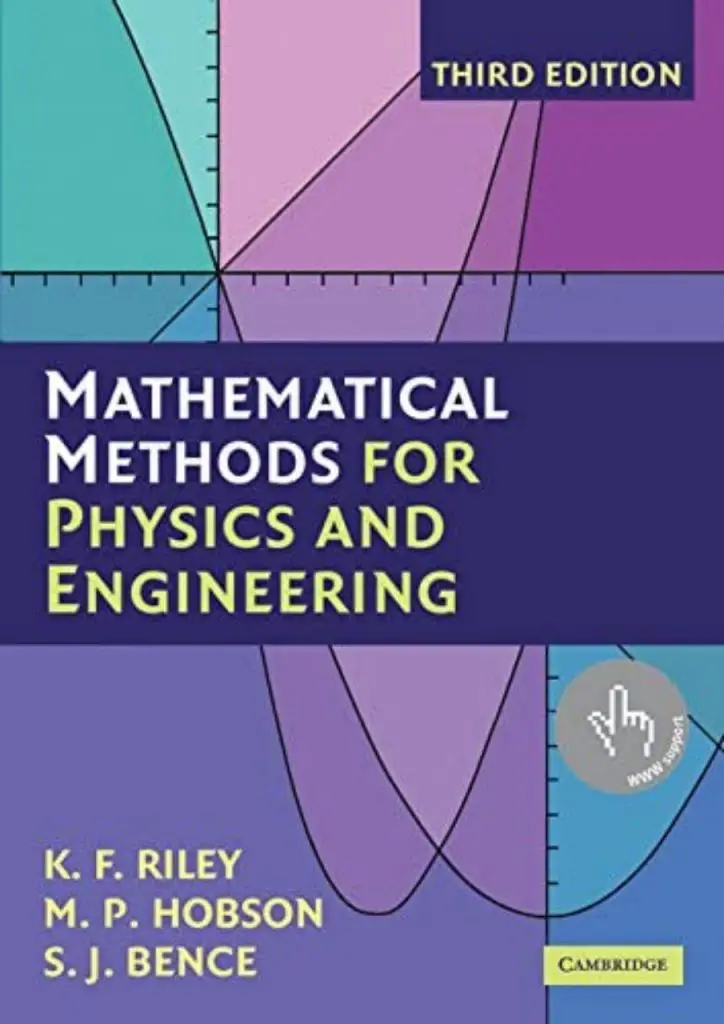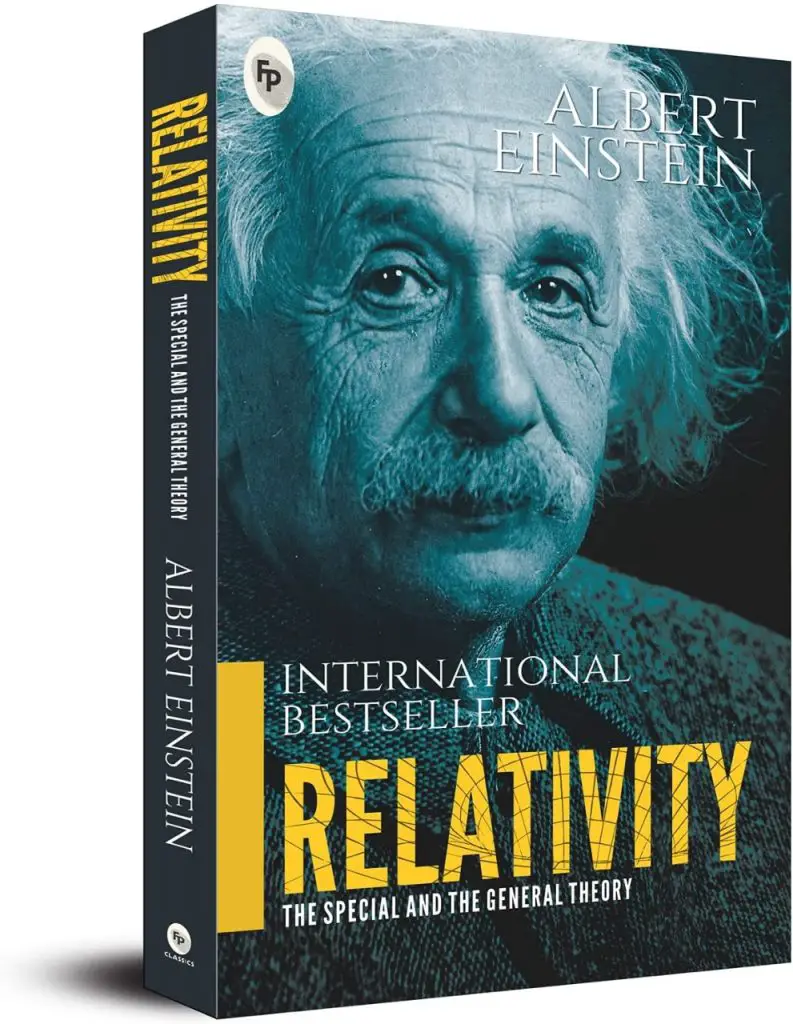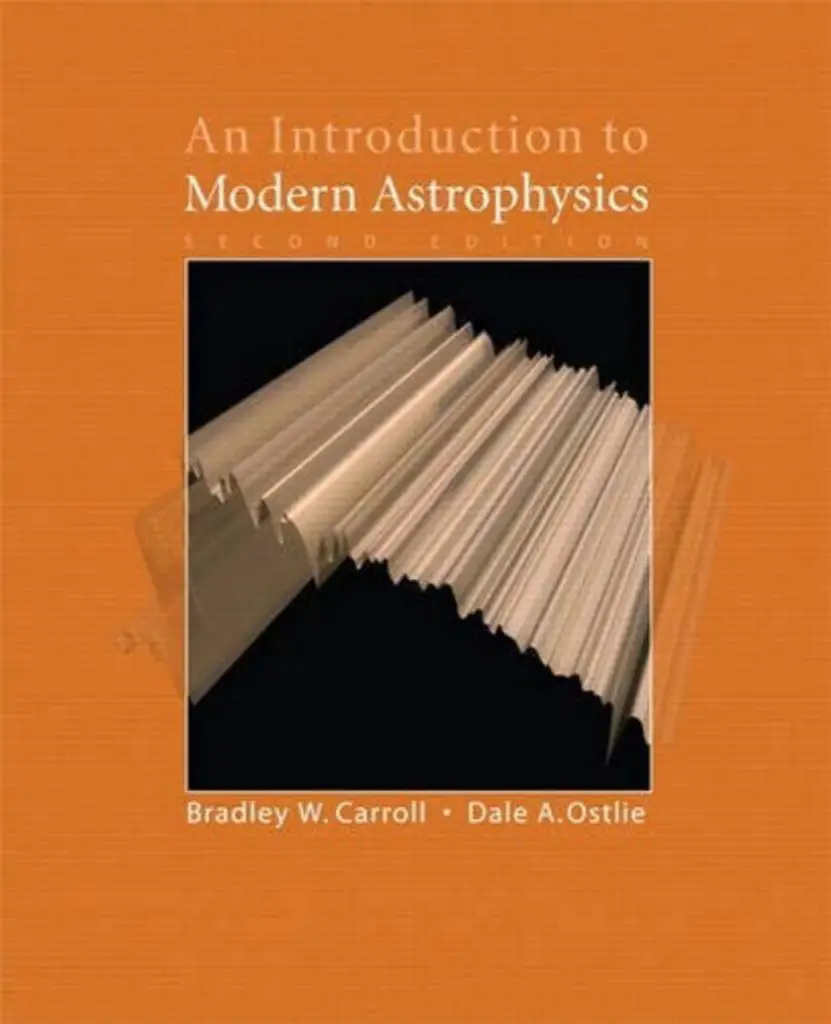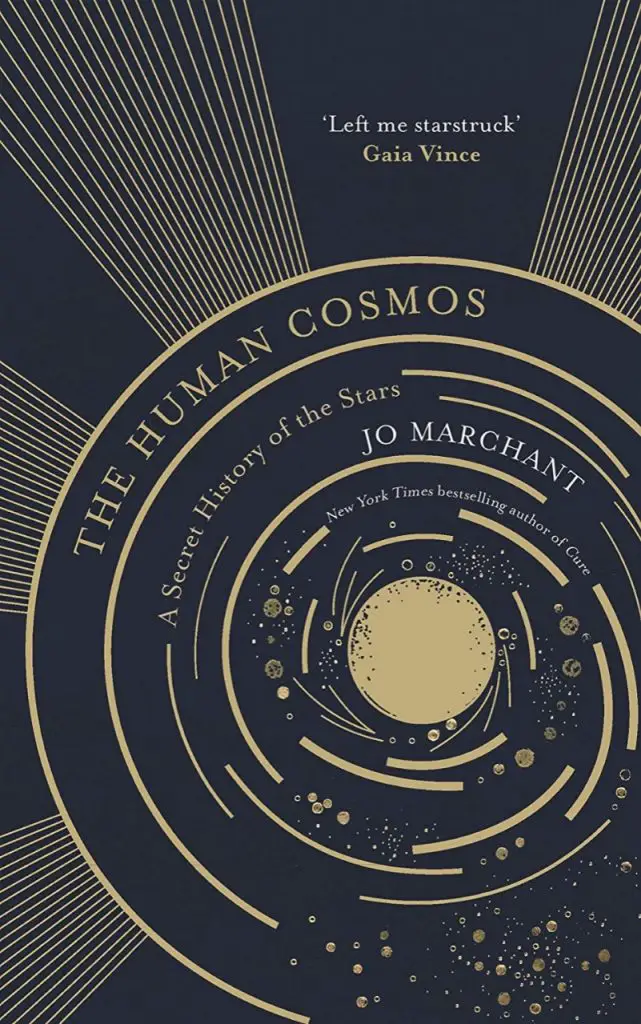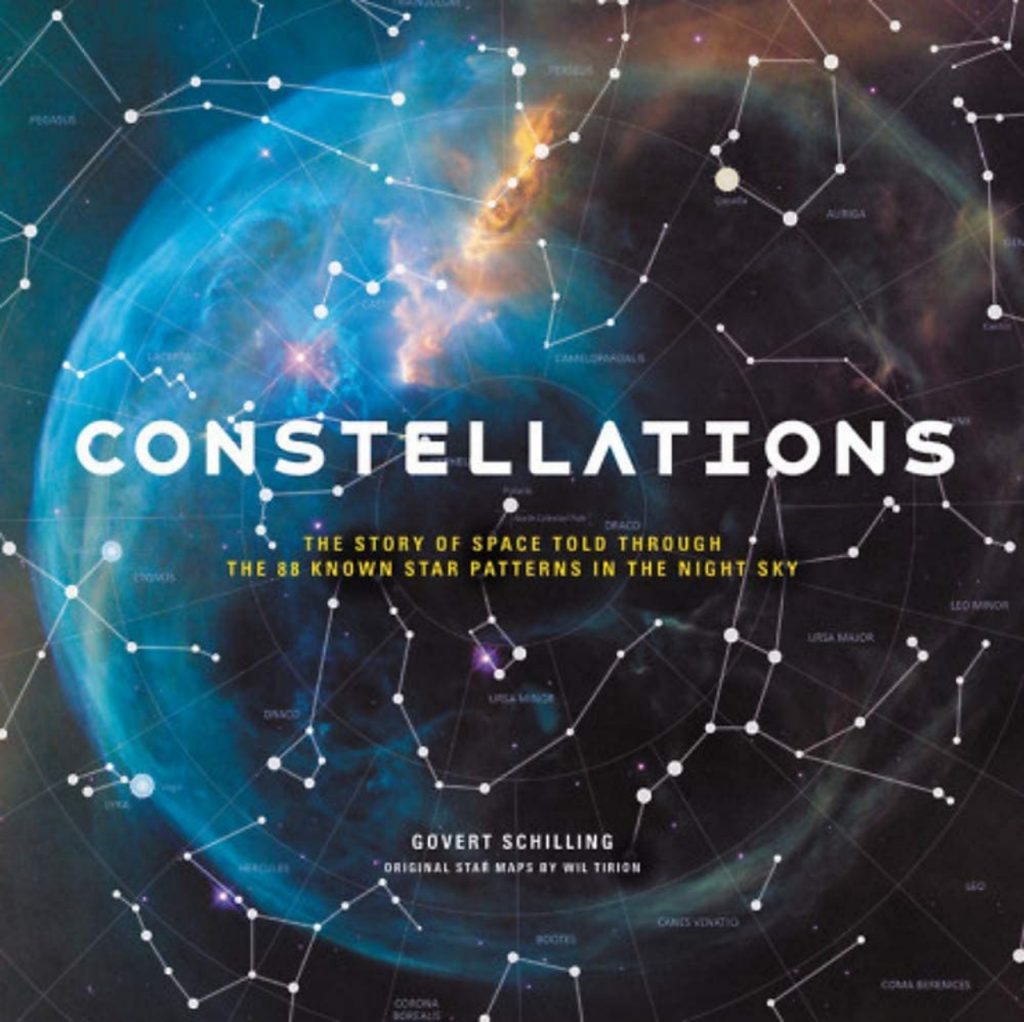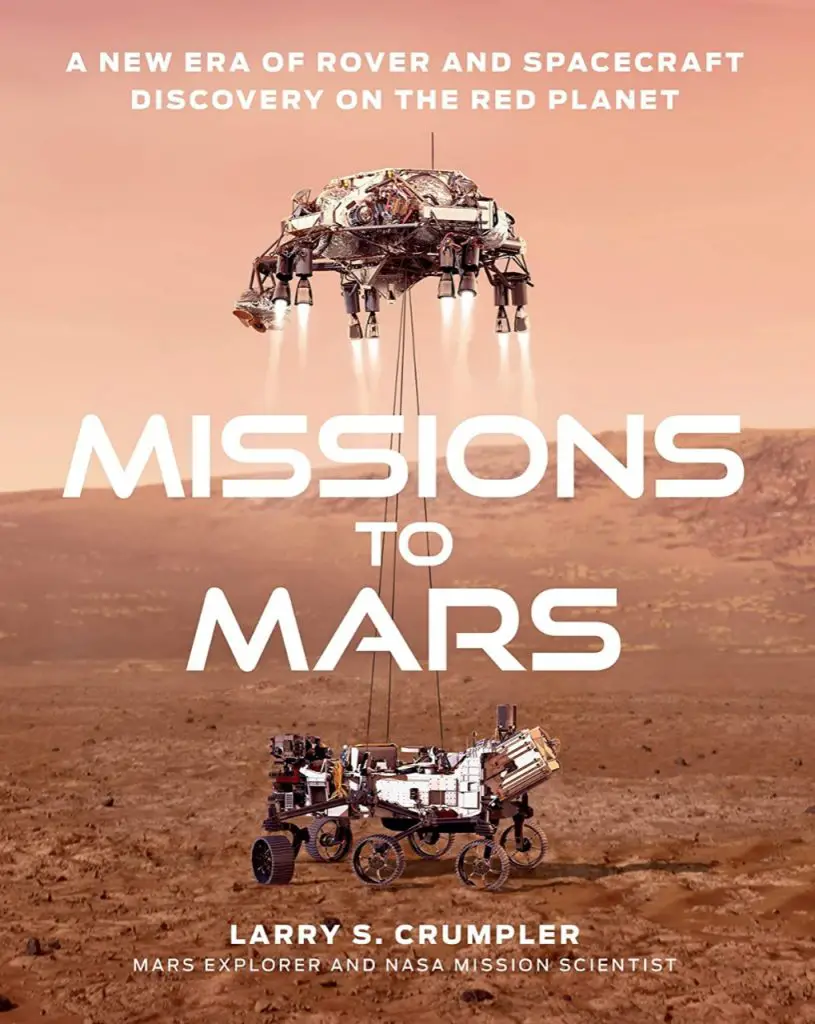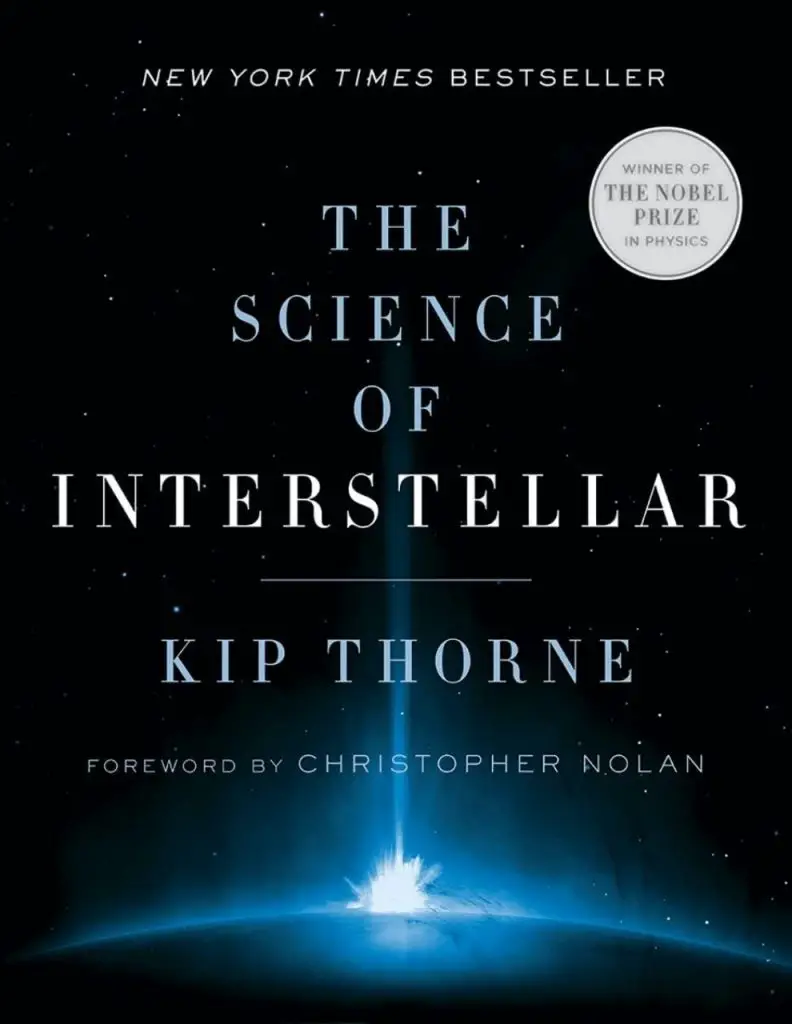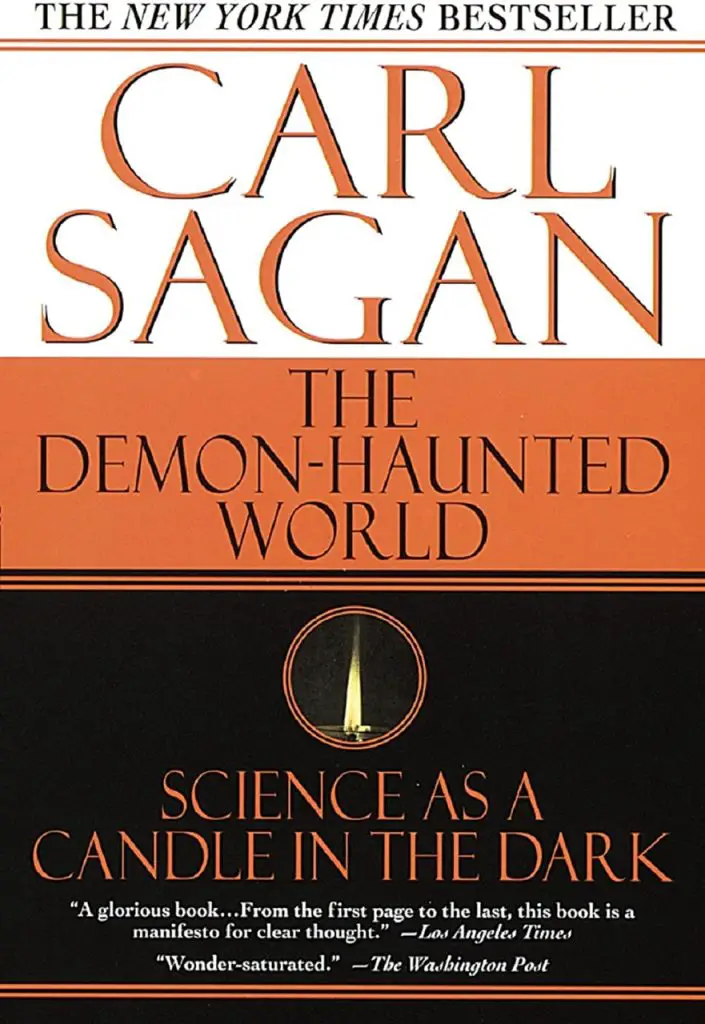Ever wondered what the must-read Physics and Astronomy Books are? Here is our take.
We have compiled this article to assist you in your quest for knowledge.
Our list of the best books for physics and astronomy students covers theoretical physics, space science, black hole, the milky way, and more.
This list helps researchers who are tucked away in their daily grind develop their next breakthrough idea.
For a layperson, this helps you become a well-read lifetime learner.
Let’s take a look at the 15 books that made our list.
Table of Contents
Must-Read Physics and Astronomy Books Overview
Part I: Best Physics Books
- Through Two Doors at Once [Get the Book]
- A Brief History of Time [Get the Book]
- Quantum Physics [Get the Book]
- The Feynman Lectures on Physics [Get the Book]
- The Order of Time by Carlo Rovelli [Get the Book]
- The God Equation [Get the Book]
- Relativity by Albert Einstein [Get the Book]
- Basic Physics: A Self-Teaching Guide [Get the Book]
- An Introduction to Modern Astrophysics [Get the Book]
Part II: Best Astronomy Books
- The Human Cosmos [Get the Book]
- Constellations [Get the Book]
- Mission to Mars [Get the Book]
- The Science of Interstellar [Get the Book]
- The Demon-Haunted World [Get the Book]
Part I: Best Physics Books
Through Two Doors at Once: The Elegant Experiment That Captures the Enigma of Our Quantum Reality by Anil Ananthaswamy
Intro-Why you should read it
Smithsonian, Kirkus, and Forbes all listed Through Two Doors at Once in their best books lists in 2018.
This book contains the most recent experimental advances in quantum experiments.
Summary-What this book is about
Anil Ananthaswanny takes readers through his experiment dubbed “double slit”, where he explains the splitting of beams into two parts.
With his talented eloquence, Anil explores the history and the tiniest scales of reality you may not have learned elsewhere.
Key Takeaways
- This book offers beginner-level students the tools to tackle questions in quantum mechanics.
- Through the Doors at Once provides a comprehensive overview of a single project that continues to impact physics today—a double-slit project.
A Brief History of Time: From the Big Bang to Black Holes by Stephen Hawking
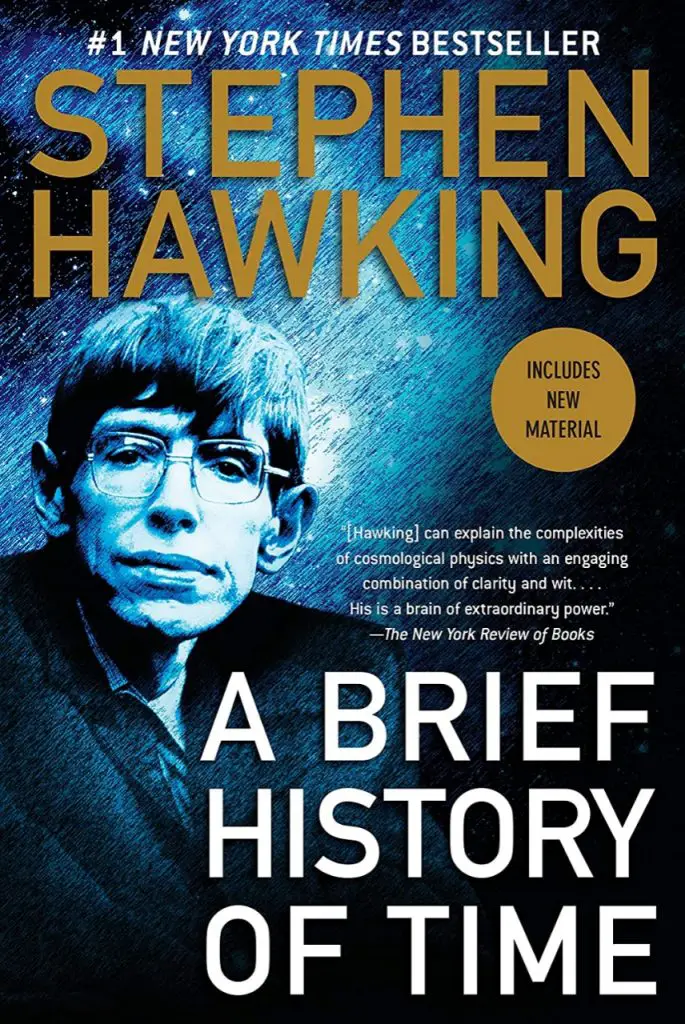
Intro-What this book is about
Stephen Hawking -the science writer, authored A Brief History of Time for those with no prior knowledge of astronomy or physics.
Summary-What this book is about
This entertaining book features brilliantly thought-out metaphors that demonstrate the complexity of this topic.
The New York Times bestseller contains illustrations – by Ron Miller-that help in breaking down the comprehensive block of texts for the current generation of physics enthusiasts.
Key Takeaways
- Hawkings explains cosmological physics concepts with wit and clarity.
- Stephen Hawking explains how the universe works, keeping mathematical calculations to a minimum.
- This book features an introduction by Carl Sagan, a renowned astronomer.
Quantum Physics by Professor H.C Verma
Intro-Why you should read it
This book serves as a pre-course for quantum mechanics. Quantum Physics boasts mathematical tools and complex physics concepts necessary to study this subject.
Summary-What this book is about
The author uses practical exercises and solved examples, making this physics textbook easy to understand.
Professor connects his physical insights to our everyday life, giving this book a unique approach to the complexities of quantum mechanics.
Key Takeaways
- Quantum Physics lays the foundation for a successful quantum mechanics career by offering students the fundamentals of this exciting field.
- The practical exercises are essential to lay readers.
The Feynman Lectures on Physics, boxed set: The New Millennium Edition by Richard Feynmann, Robert Leighton, and Matthew Sands
Intro-Why you should read it
Almost all the sites we reviewed had this physics book. The Feynman Lectures on Physics was published decades ago but continues to be an authority on basic physics concepts.
Summary-What this book is about
This great book offers a straightforward introductory guide to physics.
This series of lectures is research-based and detailed. The book covers the basics of Newtonian physics, particle physics, and general relativity.
Key Takeaways
- Feynmann’s Lectures offer deep insights and a clear exposition of basic physics principles.
- This updated version has minor errors, making it a happy read.
The Order of Time by Carlo Rovelli
Intro-Why you should read it
Carlo Rovelli also wrote other best-selling books, including Helgoland, Reality is Not What It Seems, and Seven Brief Lessons on Physics.
The Order of Time is a concise exploration of the mysteries surrounding time. The book boasts Carlo’s poetic vitality popular with his other books.
Summary-What this book is about
Carlo Rovelli challenges us with tricky questions that remain a puzzle to philosophers and physicists.
The book refutes assumptions surrounding time, including the notion that time is universal and uniform.
Key Takeaways
- This book explains the roles of quantum gravity in a timeless world.
- Your understanding of time depends on your brain structure, emotions, and viewpoint.
The God Equation: The Quest for a Theory of Everything by Michio Kaku
Intro-Why you should read it
The God Equation-a gripping and captivating story- is a number one New York Times Bestseller. An author and theoretical physicist, Michio Kaku, gives us an exciting story about one of the greatest scientific quests of all time.
Summary-What this book is about
Michio Kaku’s book synthesizes the quantum and relativity theories, attempting to reveal the world’s deepest mysteries.
The God Equation further discusses the many controversies arising from these two theories.
Key Takeaways
- This book reflects Michio’s trademark clarity and enthusiasm, making it a good read.
- The God Equation breaks down string theory and esoteric mathematics to students as well as other enthusiasts.
Mathematical Methods For Physics And Engineering by K.F Riley
Intro-Why you should read it
You need an advanced knowledge of mathematics to understand complex physics concepts.
This textbook acquaints readers with the techniques essential for interpreting material facts, terminologies, and concepts.
Summary-What this book is about
The 1362-paged mathematics textbook has 31 chapters that cover algebra, calculus, complex numbers, quantum operators, and more.
Mathematical Methods For Physics and Engineering: A Comprehensive Guide has nearly everything you require to ace your engineering or physics exams.
Key Takeaways
- The 3rd edition of Riley’s undergraduate textbook is perfect for physical sciences students looking for essential mathematics concepts.
- This book contains more than 800 practice exercises for improving your comprehension of the text.
Relativity: The Special and General Theory by Albert Einstein
Intro-Why you should read it
This book provides philosophical and scientific insights into relativity to beginner-level physics students.
Summary-What this book is about
Besides discussing relativity and other Albert Einstein theories, this book presents fascinating reflections on the world.
The Appendices contain fundamental concepts of Minkowski’s dimensional space, relativity, and Lorentz transformation.
Physics students and other interested readers will enjoy this accessible read, discussing an intellectual accomplishment that continues to define our lives.
Key Takeaways
- Albert Einstein explains his theories in the simplest form any layman can understand.
- This edition is clear, with no omissions and errors that most readers witnessed in the previous ones.
Basic Physics: A Self-Teaching Guide by Karl Kuhn
Intro-Why you should read it
This book discusses the basic physics theories necessary for high school and college-level physics students.
Summary-What this book is about
Basic Physics begins with simple concepts and gradually builds on them, making this text one of the best physics books for self-study programs.
Karl Kuhn’s book covers a wide range of topics, including light, sound, electricity, energy, magnetism, and more.
Key Takeaways
- Basic Physics has sections offering detailed explanations of the mathematical concepts behind each topic.
- This edition reflects new methods giving this book a student-friendly approach to studying physics.
An Introduction to Modern Astrophysics by Bradley Carroll, Dale Ostlie
Intro-Why you should read it
We recommend this comprehensive, well-organized book covering current astrophysics concepts to physics students.
Summary-What this book is about
An Introduction to Modern Astrophysics explores the stellar structure, stellar astrophysics, solar system, galactic astrophysics, cosmology, and extragalactic astrophysics.
Carrol and Ostlie designed this book for astronomy and physics majors with an essential experience with physics and maths.
Key Takeaways
- An Introduction to Astrophysics offers a concise overview of core scientific discoveries that continues to enrich physics students.
- The authors include illustrations, practice questions, and problems to help students understand the concepts.
Part II: Best Astronomy Books
The Human Cosmos: A Secret History of the Stars by Jo Marchant
Intro-Why you should read it
This enlightening book offers a cosmic view of the universe. Marchant’s book provides us with important knowledge of celestial cycles and how they interpenetrate our lives.
Summary-What this book is about
The Human Cosmos discusses human beings’ relationship with earthly bodies, including the stars, and how they influenced our religious beliefs, scientific advances, biology, and personalities.
Key Takeaways
- This book examines the stars and other bodies to determine how they affect our health.
- We are more disconnected from the universe today than in the past.
Constellations: The Story of Space Told Through the 88 Known Star Patterns in the Night Sky by Govert Schilling
Intro-Why you should read it
This guide comes with a star map to describe the 88 constellations visible at night.
Summary-What this book is about
Constellations highlight the location of each constellation, its structural details, and complete information about astronomical bodies neighboring it.
Key Takeaways
- Govert Schilling explains astronomy, including its history, to every interested person.
- The book describes the stars’ visibility, number, and size in each constellation.
Mission to Mars by Larry Crumpler
Intro-Why you should read it
Larry’s book offers a contemporary look into the rise of space exploration.
Summary-What this book is about
The book described NASA’s space exploration missions, particularly their expedition to Mars.
Mission to Mars is written by one of the foremost experts in exploration-Larry Crumpler, a planning expert at the Rover Project.
Key Takeaways
- The author narrates the Red Planet’s history while highlighting modern-day discoveries.
- The book comes with satellite images and color photographs detailing the research on Mars about its support for life systems.
The Science of Interstellar by Kip Thorne
Intro-Why you should read it
Kip Thorne delves into interstellar’s science, which is a topic in Christopher Nolan’s science fiction movie.
Summary-What this book is about
The Science of Interstellar discusses and relates the science fiction movie to real-world science.
The book offers great insights inspired by the movie-making process, from screenwriting to filming.
Key Takeaways
- Thorne’s book headlines the laws that control the universe.
- The book’s chapters focus on black holes, wormholes, travel, and interstellar.
The Demon-Haunted World: Science as a Candle in the Dark by Ann Druyan and Carl Sagan
Intro-Why you should read it
Carl Sagan’s book describes the science of the universe using beginner-friendly language, making it one of the best introductory astronomy books for students.
Summary-What this book is about
The book gives you the information you need to navigate this confusing world. The Demon-Haunted World details the scientific research that helps us understand our universe.
Key Takeaways
- This book has Sagan’s trademark writing style, making it an engaging read for laypeople and practitioners alike.
- Sagan covers alien encounters and other intelligent life forms.
Conclusion
We recommend these 15 books for beginners, graduates, and people interested in the space race, modern science, dark energy, dark matter, astronomy, and astrophysics.
These books are just some of the best popular science books available. You can expand this list with other in-depth science books available.


